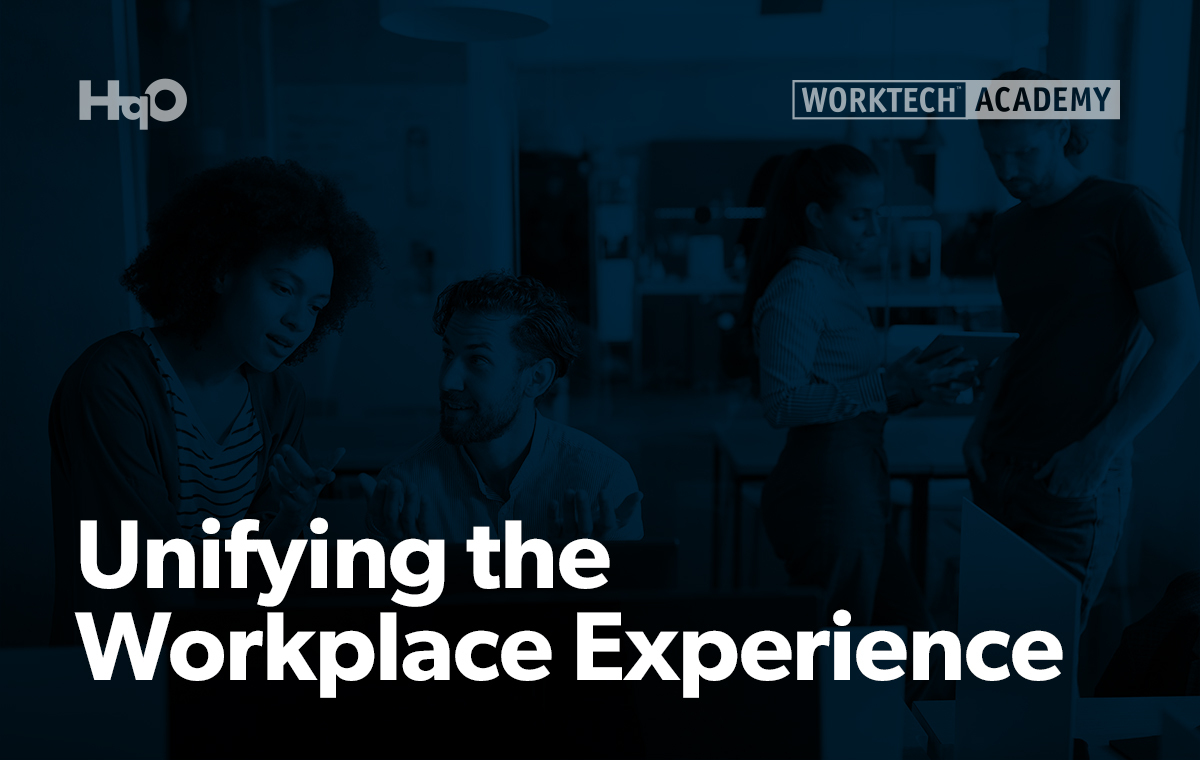Even before the pandemic, workplace trends were paving the way for an entirely different set of expectations for many employees. Three areas in particular were accelerated by the impacts of COVID-19: flexibility, choice and autonomy, and an enhanced workplace experience.
In 2021, software company Density posed the following question to workplace managers: How do you compel employees to come to the office, even when they don’t have to? Most interviewees concluded that there are two factors that create an environment employees want to be a part of — incredible experiences and employee choice.
The office is under increasing pressure to prove its value. Creating a great experience is critical to revitalize the office in the hearts and minds of employees returning after the pandemic. Furthermore, great workplace experiences need to be seamless, convenient, and comfortable in order to spike engagement between the employee and the organization. This is driving the need for one integrated strategy from employers which encompasses the physical environment, employee comfort and experience, and access to the right tools and technology.
Optimizing Experiences
The creation of a great workplace experience is complex, requiring cross-functional collaboration between the HR, real estate, and IT teams. People, places, and technology should be viewed holistically. For a long time, this way of thinking has proved difficult for many organizations to achieve.
Now, more evidence is emerging about the potential benefits of a great employee experience on satisfaction, engagement, and productivity. Organizations are starting to recognize the business value. According to a study by Willis Towers Watson, the link between commitment to employee experience and organizational success is strong. Its study found that organizations who offer strong employee experiences consistently beat competitors in their sector by an average of two to four percent.
Organizations are also developing new roles such as Head of Workplace and Chief Experience Officer (CXO) to focus specifically on creating better workplace experiences. McDonalds and Google, for example, have each appointed a Chief Happiness Officer (CHO) whose job is specifically dedicated to maintaining and improving employees’ experience and company culture. These new roles signal the unification of those once-siloed people, place, and technology departments to create superior employee experiences across a distributed workforce.
Creating an Ecosystem
The process of curating a successful employee experience depends on a complex ecosystem of interlocking elements. People, workplace design, and technology need to work in tandem to meet the rising demands and expectations of employees.
At a recent WORKTECH webinar, Scott Hazard, Global Head of Real Estate and Workplace Experience at software company Atlassian, said that we need to create ‘3D’ experience journeys where organizations shape the entire personal and professional journey for employees to help them do their best work. The 3D experience is supported by a dynamic team of decision-makers to ensure employees needs and expectations are met.
The HR Exchange Network outlines the key elements of the employee experience that a company can influence. The research identifies seven key elements: physical environment; performance management; tools and technology; company culture; diversity and inclusion; emotional responses; and professional development.
Overall the research shows that great employee experience is connected to better business performance, higher employee engagement, greater employee happiness and satisfaction, and higher levels of productivity.
Thus, to set the context for the next generation of workplace experience, organizations need to create one unified workplace approach to technology, people, and workplace design. Below are some of the ways organizations can optimize the experience for their employees
Want to learn more? Download our latest report today.



